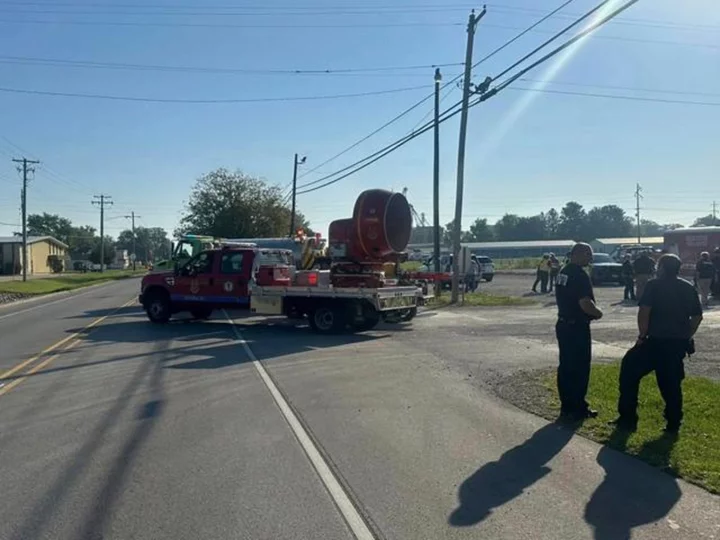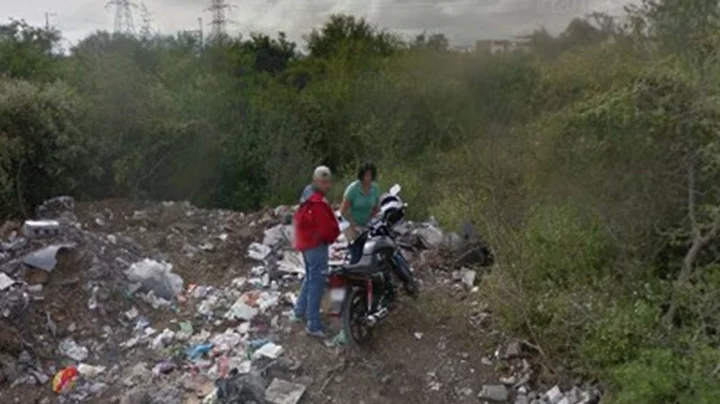A team with the National Transportation Safety Board (NTSB) has arrived at the Illinois site where a semi-truck carrying thousands of gallons of toxic ammonia crashed Friday, killing at least five people.
A 15-person NTSB team including motor carrier, hazmat and survival factors investigators is at the Effingham County site and a team member is slated to brief the media during the day on Sunday, according to NTSB spokesperson Jennifer Gabris.
The truck was carrying about 7,500 gallons of the toxic substance at the time of the Friday evening wreck, according to the Illinois Environmental Protection Agency. The agency said early estimates indicate more than half of that -- about 4,000 gallons -- was released.
Two children under the age of 12 were among the deceased, Effingham County Coroner Kim Rhodes confirmed to CNN in a phone call Sunday. Several injuries have been reported in addition to the five deaths. Officials have not publicly named the victims.
Approximately 500 people within a 1-mile radius of the crash were evacuated from parts of Teutopolis.
"Testing has indicated that the danger from the anhydrous ammonia has dissipated," Teutopolis Assistant Fire Chief Joe Holomy said in a Saturday night news release. "We have notified residents that they may return home."
Crews worked overnight Friday into Saturday to patch part of the rupture on the semi-truck -- which slowed down the leak but did not stop it completely, according to Teutopolis Fire Chief Tim McMahon.
The crashed tanker has since been drained, patched, and taken to a secure location to be investigated by the NTSB, the state emergency management agency said in a news release. The Illinois State Police is also investigating the cause of the accident, it said.
What is anhydrous ammonia?
Anhydrous ammonia "is essentially pure (over 99 percent) ammonia," says the Occupational Safety and Health Administration (OSHA). "'Anhydrous' is a Greek word meaning 'without water;' therefore, anhydrous ammonia in ammonia without water."
Ammonia used in households is a diluted water solution that contains 5 to 10 percent ammonia, according to OSHA.
Ammonia in high levels can irritate and burn the skin, mouth, throat, lungs and eyes, according to the Centers for Disease Control and Prevention. Very high levels can also damage the lungs or cause death.
Symptoms of anhydrous ammonia exposure include breathing difficulty; irritation of the eyes, nose or throat; and burns or blisters.









